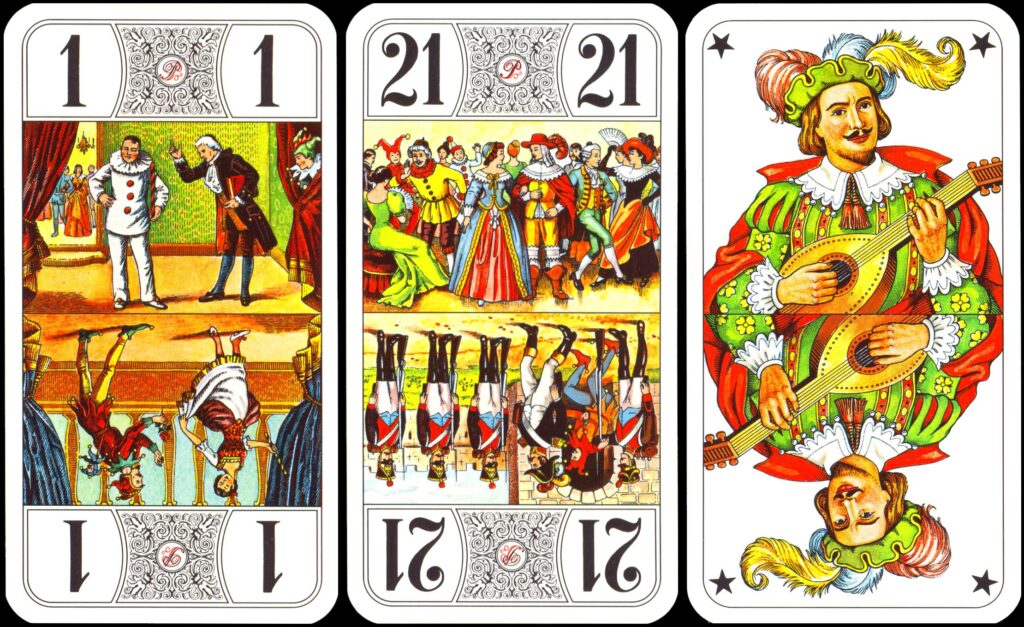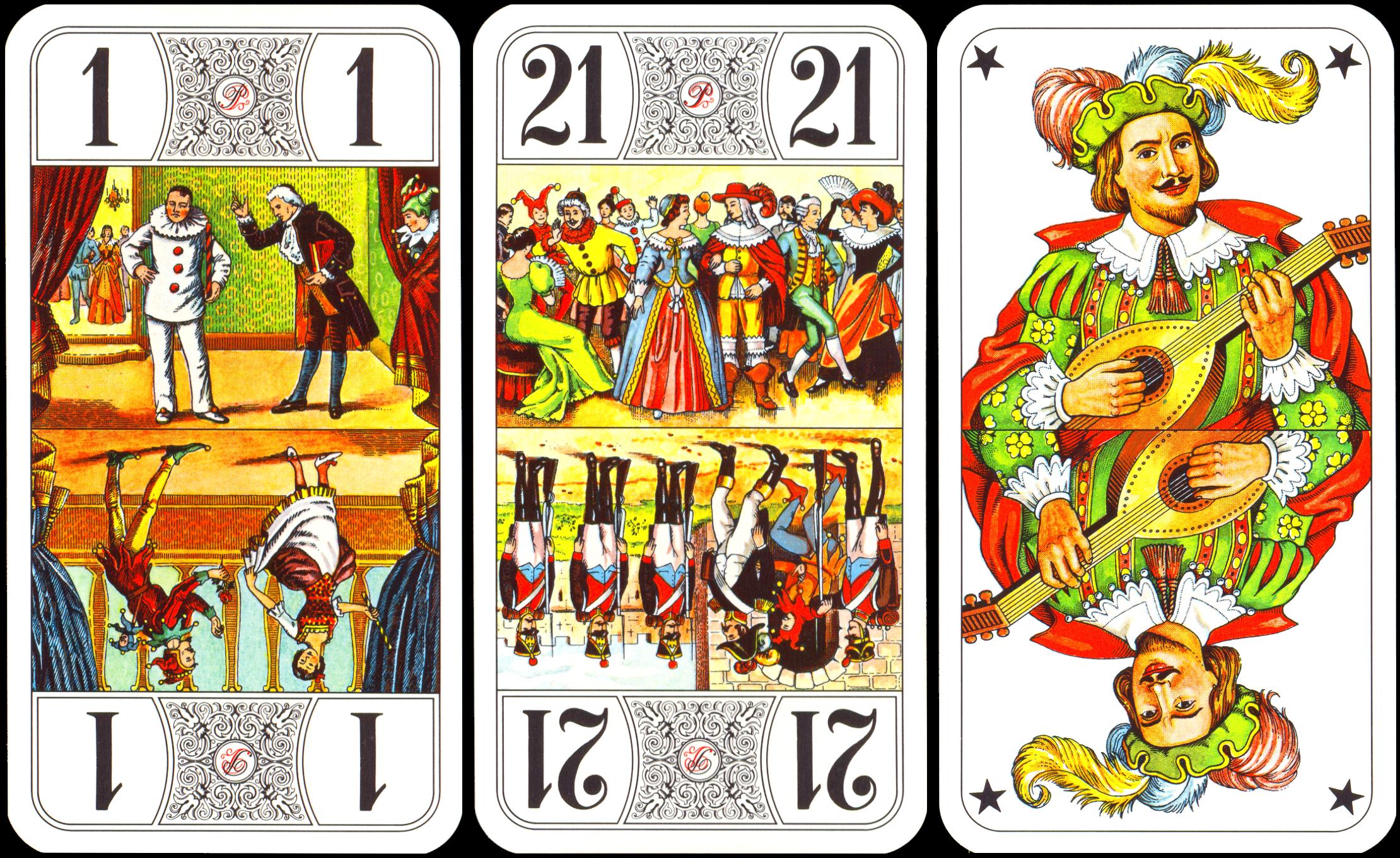
Decoding the Mystique: A Comprehensive Guide to Tarot Cards
Tarot cards, steeped in history and symbolism, have captivated seekers of knowledge and introspection for centuries. More than just tools for fortune-telling, tarot cards offer a profound pathway to self-discovery, personal growth, and a deeper understanding of the world around us. This comprehensive guide delves into the fascinating world of tarot cards, exploring their origins, structure, interpretation, and practical applications.
A Brief History of Tarot Cards
The exact origins of tarot cards remain shrouded in some mystery, but most historians trace them back to 15th-century Europe. While playing cards existed before this time, the addition of the trump suits, which eventually evolved into the Major Arcana, marked the birth of the tarot cards as we know them. Initially, tarot cards were primarily used for playing games like Tarocchini in Italy and Tarot in France. It wasn’t until the late 18th century, with the rise of occultism and esoteric studies, that tarot cards began to be associated with divination and spiritual insight.
Understanding the Structure of a Tarot Deck
A standard tarot card deck consists of 78 cards, divided into two main sections: the Major Arcana and the Minor Arcana. Each section plays a distinct role in a reading, offering different layers of meaning and interpretation.
The Major Arcana: Archetypal Journeys
The Major Arcana comprises 22 cards, each representing a significant life lesson, archetypal figure, or karmic influence. These cards often depict pivotal moments, challenges, and transformations in a person’s life journey. Some of the most iconic cards in the Major Arcana include:
- The Fool: Representing new beginnings, innocence, and a leap of faith.
- The Magician: Symbolizing skill, manifestation, and the power to create.
- The High Priestess: Embodying intuition, mystery, and inner wisdom.
- The Empress: Representing abundance, nurturing, and creativity.
- The Emperor: Symbolizing structure, authority, and control.
- The Lovers: Representing choices, relationships, and harmony.
- The Chariot: Symbolizing willpower, determination, and victory.
- Justice: Representing fairness, truth, and accountability.
- The Hermit: Symbolizing introspection, solitude, and spiritual guidance.
- Wheel of Fortune: Representing cycles, destiny, and change.
- Strength: Representing courage, compassion, and inner power.
- The Hanged Man: Representing sacrifice, surrender, and a shift in perspective.
- Death: Representing transformation, endings, and new beginnings.
- Temperance: Representing balance, harmony, and moderation.
- The Devil: Representing temptation, addiction, and limitation.
- The Tower: Representing sudden change, upheaval, and destruction.
- The Star: Representing hope, inspiration, and renewal.
- The Moon: Representing illusion, intuition, and the subconscious.
- The Sun: Representing joy, success, and vitality.
- Judgment: Representing awakening, forgiveness, and rebirth.
- The World: Representing completion, integration, and fulfillment.
The Minor Arcana: Everyday Life
The Minor Arcana consists of 56 cards, divided into four suits: Wands, Cups, Swords, and Pentacles. Each suit represents a different aspect of life and experience.
- Wands: Representing passion, creativity, action, and energy. Often associated with fire.
- Cups: Representing emotions, relationships, intuition, and love. Often associated with water.
- Swords: Representing intellect, communication, challenges, and conflict. Often associated with air.
- Pentacles: Representing material possessions, security, work, and practicality. Often associated with earth.
Each suit contains numbered cards from Ace to Ten, as well as four court cards: Page, Knight, Queen, and King. These cards add further nuance and depth to the interpretation of the Minor Arcana, representing different personality types, roles, and situations.
Interpreting Tarot Cards: A Guide to Meaning
Interpreting tarot cards is a skill that develops with practice and intuition. While there are established meanings for each card, it’s important to remember that the context of the reading, the surrounding cards, and your own personal connection to the cards all play a crucial role in the interpretation process. Here are some key considerations when interpreting tarot cards:
- Card Meaning: Start by understanding the basic meaning of each card, both upright and reversed.
- Suit and Number: Consider the suit and number of the Minor Arcana cards to gain further insight into the situation.
- Card Placement: The position of a card in a spread can significantly alter its meaning.
- Surrounding Cards: Pay attention to the cards surrounding the card you are interpreting, as they can provide valuable context and clarification.
- Intuition: Trust your intuition and allow your personal connection to the cards to guide your interpretation.
Practical Applications of Tarot Cards
While often associated with fortune-telling, tarot cards offer a wide range of practical applications beyond predicting the future. They can be used as tools for:
- Self-Reflection: Gaining deeper insights into your thoughts, feelings, and motivations.
- Problem-Solving: Exploring different perspectives and potential solutions to challenges.
- Decision-Making: Clarifying your options and making informed choices.
- Creative Inspiration: Sparking creativity and generating new ideas.
- Spiritual Growth: Connecting with your intuition and developing your spiritual awareness.
Choosing Your First Tarot Deck
With countless tarot card decks available, choosing your first deck can feel overwhelming. Here are some tips to help you find a deck that resonates with you:
- Imagery: Choose a deck with imagery that appeals to you and that you find visually engaging.
- Theme: Consider the theme of the deck and whether it aligns with your interests and values.
- Reviews: Read reviews from other users to get a sense of the deck’s quality and usability.
- Intuition: Trust your intuition and choose a deck that you feel drawn to.
Learning to Read Tarot Cards: Resources and Techniques
There are numerous resources available to help you learn to read tarot cards, including books, websites, online courses, and workshops. Some popular techniques for learning to read tarot cards include:
- Studying the Cards: Familiarize yourself with the meanings of each card, both upright and reversed.
- Practicing Spreads: Learn and practice different tarot card spreads, such as the Celtic Cross, the Three-Card Spread, and the One-Card Draw.
- Journaling: Keep a tarot card journal to record your readings, interpretations, and insights.
- Connecting with Others: Join a tarot card community or find a mentor to share your experiences and learn from others.
The Ethical Considerations of Tarot Card Reading
When using tarot cards, it’s important to approach the practice with ethical considerations in mind. This includes respecting the privacy and autonomy of others, avoiding making definitive predictions or giving unsolicited advice, and using tarot cards as a tool for empowerment and self-discovery, rather than control or manipulation.
Conclusion: Embracing the Journey with Tarot Cards
Tarot cards offer a rich and rewarding journey of self-discovery, personal growth, and spiritual exploration. Whether you’re a seasoned practitioner or a curious beginner, the world of tarot cards has something to offer everyone. By understanding the history, structure, and interpretation of tarot cards, you can unlock their potential to provide guidance, insight, and inspiration on your life’s path. So, embrace the mystique, trust your intuition, and embark on your own unique adventure with tarot cards. [See also: Tarot Card Spreads for Beginners] [See also: The History of Divination]

